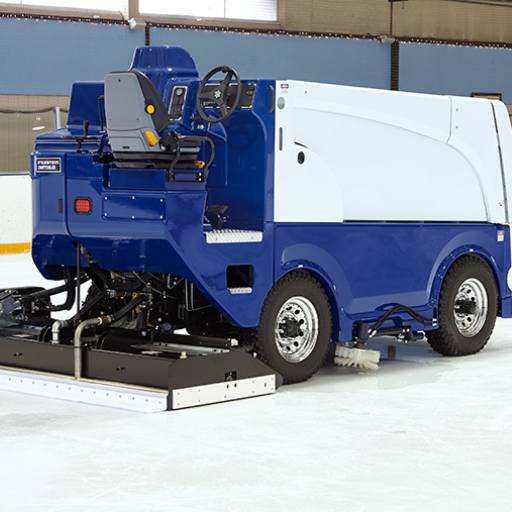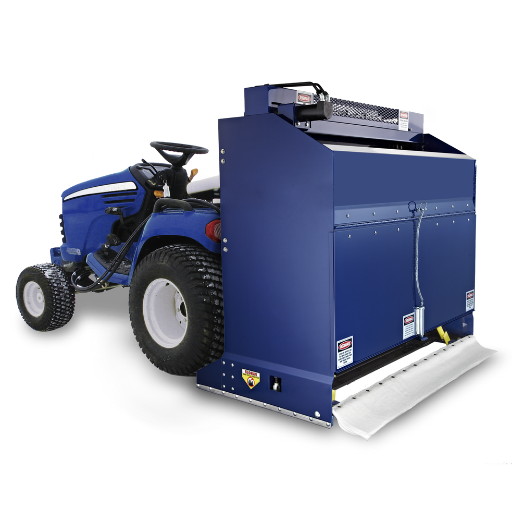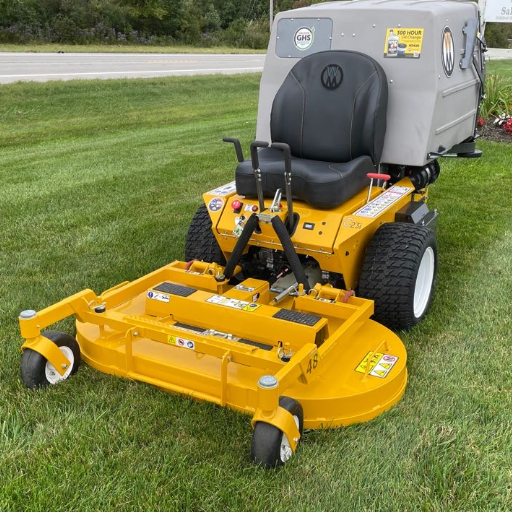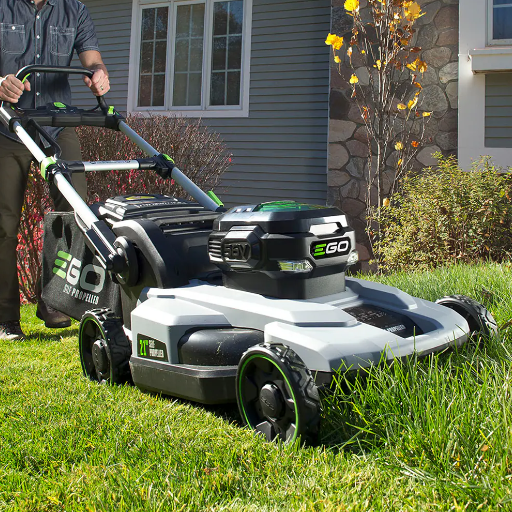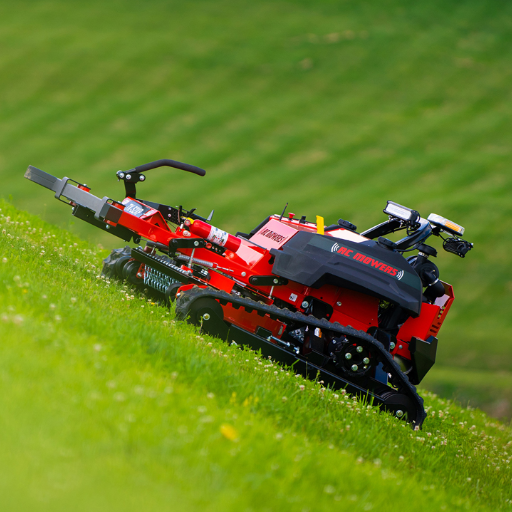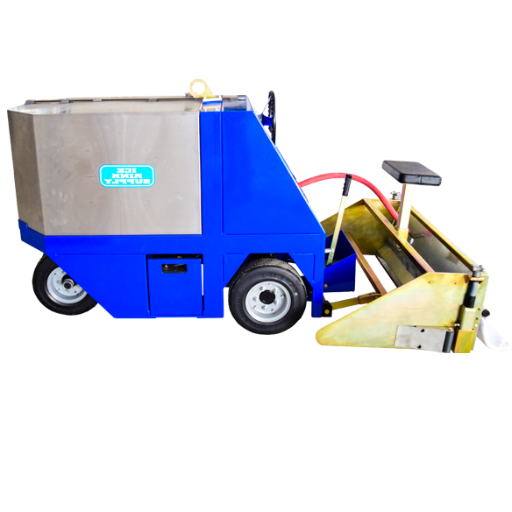Machine embroidery can potentially convert plain cloth into a masterpiece. Of these, the applique font technique is integrity and creativity put together into a single form. Applique fonts add a great creative dimension to your embroidery projects, and this write-up will introduce you to the opportunities and enhance your embroidering designs using fonts. We will examine the fundamental characteristics of the main techniques that differentiate applique fonts from others. Additionally, we will provide examples of how to choose the right design and materials for the method, as well as display various projects created by experienced masters if you have been doing embroidery all your life or are just starting and want to learn something new, a welcoming change in the world of applique fonts will be a sight for sore eyes.
What is an Applique Font in Machine Embroidery?
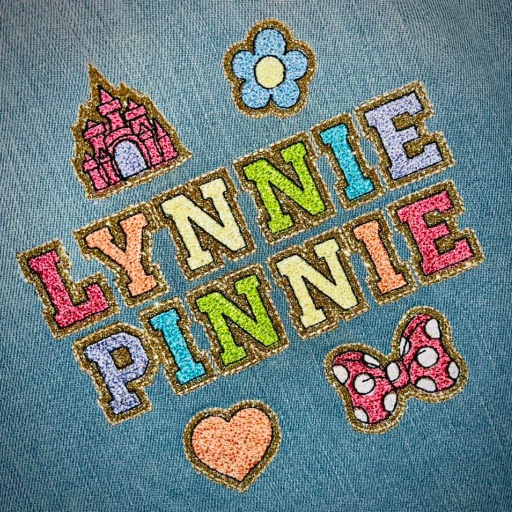
An applique font in machine embroidery is an embroidery technique that involves sewing a piece of textile onto the textile base to form letters or designs, thus giving the piece some depth and detail. With this procedure, the outline of a letter or other shape is first embroidered, a piece of fabric is positioned on top of it, and the fabric is affixed with more stitches. Appliqué fonts are most versatile for creative projects because you can mix different fabrics and threads for color and texture to achieve the desired originality in the personalized text.
Understanding Applique in Embroidery
Applique design is done by pieces sewn into a larger fabric, making it look like a textured drawing. The method gives more layers and offers beautiful appointments, given that different fabric colors and patterns are used. The process itself has three steps: a placement stitch (which indicates where the fabric is going to be placed), a tack-down stitch (which secures the fabric), and a final stitch (which provides the clean and decorative edge around the applique). Depending on personal preference, it can be done by hand or machine. It’s especially great for lettering, motifs, or any design that requires dimension to enhance its beauty. Applique has become very popular with quilted and decorative items because an applique technique allows one to put elaborate designs without stitching in embroidery.
How Fonts Enhance Embroidery Designs
When I think about how fonts enhance embroidery designs, I see them as crucial in adding personality and style. It’s fascinating how different fonts can dramatically alter the appearance and impact of a design. Whether I’m choosing a classic serif for elegance or a playful script for a whimsical touch, the font sets the tone of the entire piece. Furthermore, using applique fonts allows me to incorporate various textures and colors, elevating the design with depth and interest. With the precision of machine embroidery, I can experiment with intricate typography that would be challenging to achieve by hand, opening up a world of creative possibilities.
The Role of Alphabet Letters in Applique Embroidery
When I think about how fonts enhance embroidery designs, I see them as crucial in adding personality and style. It’s fascinating how different fonts can dramatically alter the appearance and impact of a design. Whether I’m choosing a classic serif for elegance or a playful script for a whimsical touch, the font sets the tone of the entire piece. Furthermore, using applique fonts allows me to incorporate various textures and colors, elevating the design with depth and interest. With the precision of machine embroidery, I can experiment with intricate typography that would be challenging to achieve by hand, opening up a world of creative possibilities.
How to Choose the Right Applique Font Set?
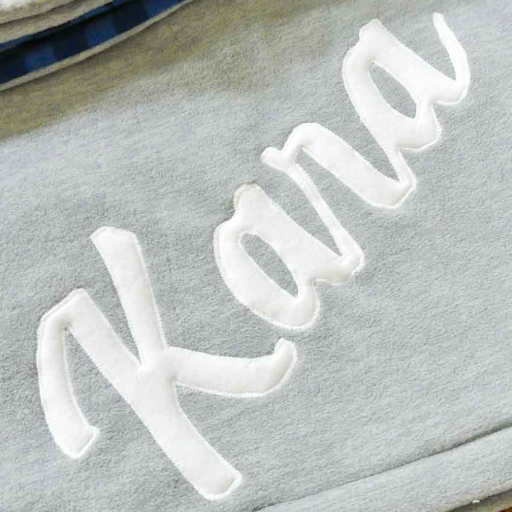
To enhance the design’s overall look while fulfilling its objectives, several aspects must be considered when choosing an applique font set. To begin, the most relevant theme should be selected, depending on the purpose and audience of the embroidered piece, which in turn will have fonts that are classical, modern, or more whimsical. Following that, the physical components of the piece should be assessed; it would be clear that giant letters would almost always be more straightforward because the range of detail has to be lowered for legibility, while complex designs may be more beneficial when complemented by script fonts with more detail. In addition to the color of the cloth, consider its texture so that the font remains solid and readable. Also, parameters such as stitch density and length should be considered to ensure that the execution and shape of the font are kept constantly smooth. Lastly, fabric scraps try different designs before making the actual piece. This is to ensure the design you choose fits in with your overall concept and the technical specifications.
Factors to Consider When Selecting Embroidery Fonts
When choosing embroidery fonts, it is essential to maintain the harmony between beauty and technical aspects because otherwise, the final output will not be pleasing. The first thing to do is to narrow down the fabric type and color; it is always good to have colors that stand out. Also, another factor to consider is the font style; font styles that are appropriate to the theme of this work, whether it is serious using serif fonts or more casual with very decorative designs, are recommended. Furthermore, make a waterproof thumb with a cloth; this ensures the thickness and density of the stitches, as different fonts have to be increased to maintain fullness without puckering. Also, evaluate the design size; as a general rule, use a thicker font on a larger area, but a simpler font is preferred on a small scale as it will be more evident. Finally, always try a sample run on a fabric that is not required for the final work, and try it flat before making any changes so that the desired font style does not clash with the fabric.
Exploring Different Sizes and Formats
I’ve leveled up my game and no longer limit the exploration of different sizes and formats for embroidery fonts to just graphs or tables. In fact, after some research on various reputable sources, I believe it is best to begin the design from a sketch. Such an approach lets you envision how the font size would be selected relative to the project’s scope. This is because, in a large format, additional detail can be incorporated. In a small format, however, simplicity should prevail to ensure clarity. Alongside, 3D puff or applique formats that add dimensionality are included. Thus, I constantly improve by adjusting the formats and sizes to a given task while maintaining attractiveness and style because I attempt to keep informed of what is currently offered by the internet.
Choosing Between Satin and Bean Stitch
Today, I will not decide between a satin and a bean stitch. I can’t say what drives my choice since each is appropriate for its purpose.
Satin Stitch: Perfect for achieving smooth raised surfaces that do not lose their sleek look over time. This stitch is handy for letters and borders, owing to its high thread coverage and consequential shine. A few parameters are worth consideration: the stitch width, which can be 2mm or 10 millimeters, and the stitch length, which commonly ranges from 0.40mm to 0.50mm. The fabric stiffener has to be appropriately matched to the satin stitch shape so that it does not cause any appearance distortion or puckering.
Bean Stitch: This stitch is suitable for applications where heavier spillage or texture is ideal for the project. Using this technique, multiple stitches are made on the same point, thus producing a thick line. This stitch can be used effectively where more minor details need to be added, or larger areas have focal points, and a regular fill stitch would add too much heft. Regarding technical parameters, the stitch length ranges from 1.0mm to 3.0mm, and three passes are the standard for bean stitching.
When considering both, remember to consider the type of fabric, the project’s strength, and the requirements for the design’s details, which should be easy to apply and pleasant to the eyes.
Tips for Using Machine Embroidery Applique Fonts

When working with machine embroidery applique fonts, consider the following tips for optimal results:
- Choose the Right Fabric: Select a fabric that complements your design and is suitable for the type of applique you’re using. Pre-wash the fabric to prevent shrinkage after embroidery.
- Stabilization is Key: Proper stabilization prevents puckering or distortion. Use the right stabilizer for your fabric type and adjust as necessary based on the density of your design.
- Font Size Matters: Ensure your font size is appropriate for the project. Larger fonts may require additional stabilization, while smaller fonts should be clear and easily legible.
- Thread Selection: Choose threads that enhance the applique, considering color and weight. Coordinating the thread can help blend it with the applique or contrast for emphasis.
- Test Your Design: Always run a test stitch on a similar fabric to check for any issues in tension, stitch density, or alignment before you start on the final piece.
By following these tips, you can effectively utilize applique fonts in your embroidery projects, bringing creativity and precision to your designs.
Setting Up Your Embroidery Machine for Success
For any embroidery task, the first step involves the correct machine setup. Start by referring to the user manual for your machine, as it has some essential details about its specific model. After that, deal with the appropriate placement and type of hoop for your project; remember to install the hoops so the fabric does not move properly. The correct thread tension also needs to be applied. In this case, the parameters should be set so that threads cross over one another without distortions, but the fabric remains intact. Besides, keep your machine clean and oiled and utilize quality needles to avoid skipped stitches and fabric rips. As a rule, all parameters must be verified using a test on a notable material. Finally, following proper care instructions by servicing is essential to keep the machine in good working order. Following these measures, one will build a strong base for the requirements of seamless embroidery results.
Best Practices for Applique Stitching
Applique stitching is a part of fashion design involving combining elements and techniques to achieve a desired output. At the same time, the best results are always achievable when specific basic guidelines are followed. First, I ensure that the fabric to be worked on is neat by washing it first and then ironing it. After that, I select a single stitch, which can either be a zigzag or a satin stitch, based on the aesthetic goal I have in mind. I also avoided adjusting the thread tension and the stitch density during the final project since they had already been calibrated and adjusted on the trial piece. I also hold fabric layers with a stabilizer to join them before final sewing, which helps avoid the puckering of lightweight or elastic fabrics. Furthermore, I use a basting stitch or some temporary adhesive to hold the pieces I am working on within the proper position to be as accurate as possible while creating the project. Following these basic guidelines, my final projects will appear polished and professional.
Common Mistakes and How to Avoid Them
One of the mistakes frequently made in embroidery work is using an inappropriate size or type of needle, often resulting in noticeable needle holes in the fabric or damage. To avoid this, select a needle appropriate for the fabric used: for example, a ballpoint needle for knits while\ a sharp or universal needle for woven fabrics. Another common problem is tension imbalance, resulting in thread or puckered fabrics looping together. So, good tension should enable the locking of the upper and lower threads strictly within the fabrics. Tension is generally maintained between 2 and 4 for top tension; however, one should turn the knob by the requirements of thread and fabric. It is only with time spent on stitching that people begin appreciating the role played by stabilizers, and by this time, it may be too late; inferior designs or stitches that have not been appropriately set can result. Use the right stabilizer with the right weight and texture. Tear-away or cut-away stabilizers are appropriate for most fabrics because they do not take too long to set. Finally, overdue haste often leads to stitch skipping or stitches and their details being out of line. To prevent such instances, one should not subject the fabric to excessive tension when hooping, and proper alignment should be observed – for the experience of the student fabrics, it is prudent to first run a sample stitch on a similar fabric before the commencement of the project. The outcome could be improved tremendously from such mistakes, which are expected of any individual doing an embroidery project.
Where to Find Instant Downloads for Applique Fonts?

There are a couple of good options if you are looking for sites to download applique fonts that you can use immediately. You can look for ready-made designs by independent sellers on sites such as Etsy or Creative Market, which have lots of designs but where you can modify them to suit the customer’s needs. In addition, you can look for these fonts in bulk from sites specializing in embroidery, such as EmbroideryDesigns.com and Urban Threads, from which you can often download many of them immediately. Remember that the files should fit your embroidery machine file formats to avoid confusion.
Top Websites for Machine Embroidery Designs
- EmbroideryDesigns.com: This site offers an extensive library of over 20,000 embroidery designs, catering to various styles and tastes. Users can find designs ranging from simple patterns to intricate works, most with instant download options.
- Urban Threads: Known for its modern and edgy aesthetics, this platform provides a vast collection of unique, high-quality embroidery designs. Ideal for those looking for something different, it allows quick access to patterns that defy traditional styles.
- Embroidnew.com: This site features an impressive assortment of free and paid embroidery designs, allowing users to experiment without significant investment. It also offers tools to customize designs and compatibility with various machine types.
These websites offer a wide selection of designs and provide tools and resources to enhance embroidery projects, making them excellent options for beginners and experienced embroiderers.
How to Download and Use Bx Files
As a person who is also addicted to the art of embroidering using my machine, I find BX files pretty handy in such cases. It’s a simple method for easing the downloading and using them. First, go to one of my favorite sites, EmbroideryDesigns.com or Urban Threads, which quickly have BX files of different types. There, I try to find the design I want and check if it is BX format, throwing it into the basket. After buying or downloading a free design at Embroidnew.com, I select the purchased item and receive a message with a link to download it.
Now, I zip and unzip the files I have downloaded to my computer and look for the BX file format. For the use of BX files, embroidery software like Embrilliance is handy. I just incorporate the BX file into the software, and the design can be easily resized or altered in any desired manner. Eventually, I also encoded the image in the design, which was acceptable to my embroidery machine. This technique simplifies my design process and helps me quickly and easily customize projects.
What Formats Are Available for Embroidery Applique?
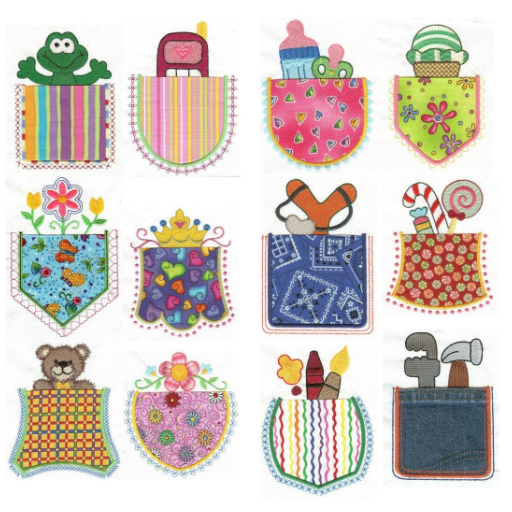
In embroidery applique, several file formats are widely used to ensure compatibility with different machines. The most common formats include:
- PES (Brother and Babylock): This format is ideal for Brother and Babylock machines and is popular due to its widespread use and compatibility.
- JEF (Janome/Elna/Kenmore): Specifically used for Janome machines, the JEF format is essential for users looking to create intricate designs on these machines.
- DST (Tajima): A widely used format across multiple brands, DST is known for its simplicity and ability to run on most commercial embroidery machines.
- EXP (Melco/Barudan): This format is standard for Melco and Barudan machines and ensures high-quality stitch precision.
- HUS (Husqvarna/Viking): Ideal for Husqvarna and Viking machines, the HUS format supports detailed designs and complex stitching patterns.
Each format serves a specific type of machine, so selecting the one compatible with your equipment is crucial to ensure seamless embroidery applique work.
Choosing the Right Format for Your Embroidery Machine
While selecting the embroidery format, you should consider multiple factors to ensure that you will achieve compatibility and optimal results with your machine. First, try to determine the make and model of the embroidery machine because this determines the format to be used. Tajima owners prefer the DST format because it focuses on data alone and is universal. However, Pfaff and Husqvarna owners should try the VIP format since it can specify detailed stitching parameters. The Bernard mark greatly benefits from the EXP format, which sustains a high degree of detailing while implementing the design.
The basic parameters should also be mastered as they are essential. In DST, limit yourself to simple commands with no touch of decor design data structure. For standard projects, DST is suitable for basic designs that do not have much complication. The VIP format allows parameters such as stitch density and color, which are indispensable in complex projects. OST involves complex parameters and can use many layers of design data, which provides reliable reproduction of the design into a textile material. Always refer to the booklet of the machine or the manufacturer’s website to avoid any format parameters or limitations applicable to these specific formats and to best inform your practices regarding these formats in your creative projects.
References
Frequently Asked Questions (FAQ)
Q: What is an applique font in machine embroidery?
A: An applique font in machine embroidery refers to a style where fabric pieces are sewn onto a base fabric using various stitches, creating letters and numbers that have a textured and layered look. These fonts come in multiple styles, including block applique and satin applique designs.
Q: How do I use monogram applique fonts in my projects?
A: Monogram applique fonts can personalize items with initials or names. They are trendy in creating personalized gifts. You can use these fonts by choosing a monogram applique design, downloading the digital embroidery file, and stitching it onto your desired fabric using your embroidery machine.
Q: What formats are available for applique font machine embroidery designs?
A: Applique font machine embroidery designs are available in various formats to suit different embroidery machines. Standard formats include xxx, vp3, and bx format. These formats ensure compatibility with most embroidery software and machines.
Q: Can I find applique fonts that include uppercase and lowercase letters?
A: Many applique font embroidery designs include uppercase and lowercase letters, allowing for more creative and versatile designs. This feature is handy when creating projects that require total words or sentences.
Q: What is the difference between a satin stitch and an applique bean stitch in applique designs?
A: Satin stitch creates a smooth, dense edge around the applique fabric, giving it a polished look. On the other hand, Applique bean stitch uses a series of longer stitches, creating a more relaxed and textured edge. Both styles can enhance different design aesthetics in applique work.
Q: How do I download and use digital embroidery files for applique designs?
A: To use digital embroidery files for applique designs, first purchase or download the designs from a reputable source. These files are available in formats like BX and VP3. Once downloaded, transfer the files to your embroidery machine using a USB or direct connection, select the design, and start stitching.
Q: Are there applique font designs available in multiple sizes?
A: Yes, many applique font embroidery designs are available in multiple sizes, such as four, five, and even six. This variety allows you to choose the perfect size for your project, whether you’re working on a small item or a large piece of fabric.
Q: How can I use the Embrilliance software with bx embroidery fonts?
A: Embrilliance software is compatible with bx embroidery fonts, making it easy to customize and edit your applique font designs. Simply import the BX format files into the software, adjust the size and layout as needed, and then export the design to your embroidery machine for stitching.
Q: What is the “apple of my eye applique,” and how can it be used in projects?
A: The “apple of my eye applique” is a design theme often used in embroidery projects. It typically features apple motifs and can be used to create charming and personalized gifts or decor items, such as tote bags, kitchen towels, or children’s clothing.
Q: Can I create a monogram applique font using different fabrics?
A: You can create a monogram applique font using different fabrics to add texture and color to your design. Choose fabrics that complement your base material and follow the applique process to attach them securely with a satin or applique bean stitch, depending on your desired finish.



